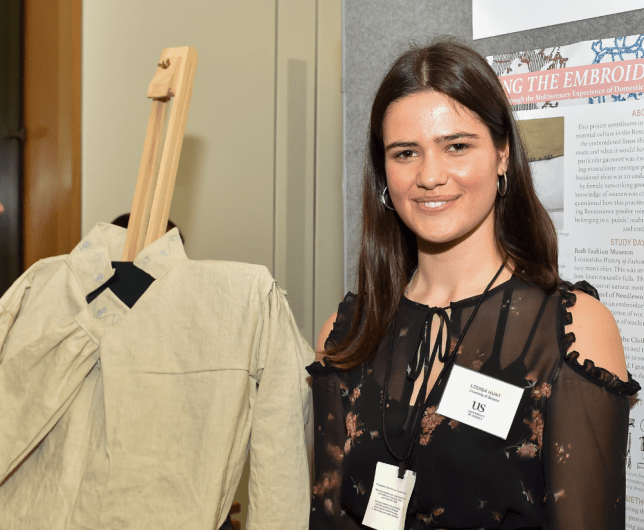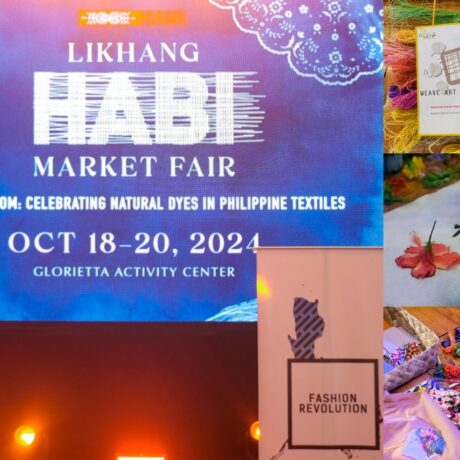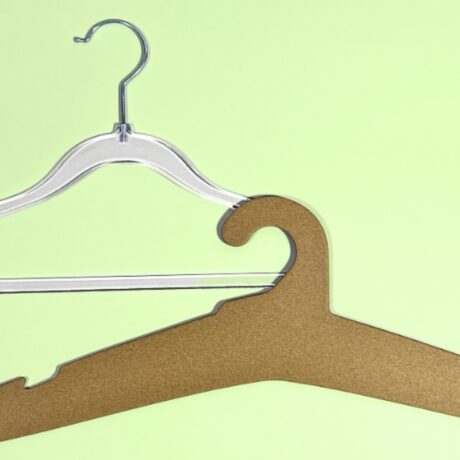I made a 16th century shirt and it taught me about the crisis of fast fashion
The 16th century social circles of Italy would be shocked at the way clothes are made today. Over the years, the fashion industry has largely discarded the attention and appreciation that used to be a part of clothes-making practices in favour of fast fashion, sweatshops and rapid consumerist culture. Last year, I decided to recreate a Renaissance-era embroidered shirt by hand to see how different the process of an attitude towards clothes-making has changed. The shirt I created was traditionally an undergarment worn by men across different sectors of society. It was usually hand-made by the women in their lives and I used similar materials and methods employed almost 500 years ago.
One of the most striking differences was in the actual fabric used. In the 16th century, fabric came from natural resources like handwoven silk, linen and lace. Not only did they completely alter the methods of clothes making, they changed the way garments felt on the body.
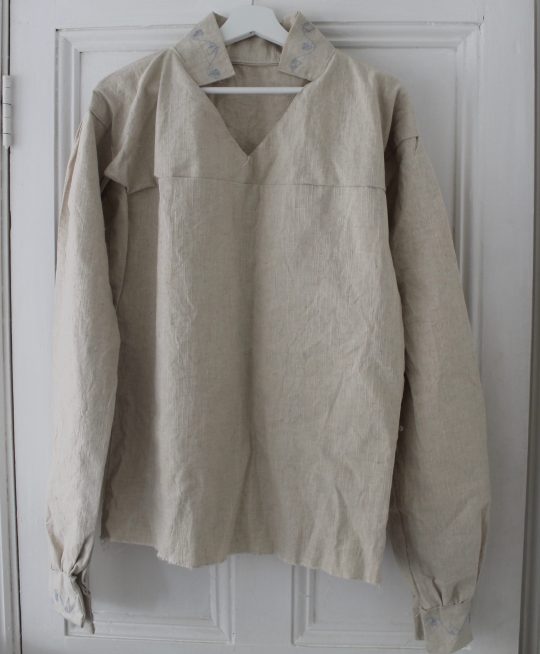
Today, we have an overwhelming abundance of different fabric and materials – notably synthetic, mass-produced ones – and their production is one of the most environmentally damaging aspects of fashion today. Over half of all emissions from the fabric industry derive from three stages of fabric production: dyeing and finishing, yarn preparations, and fibre production. And according to the European Clothing Action Plan 2015, there are more than 1,900 chemicals used in the production of clothing, especially polyester, of which 165 are classified by the EU as hazardous to the environment. One the most challenging aspect of my project was cutting the patterns and constructing the shirt without using pattern resources available to dressmakers today. The entire garment was hand-sewn.
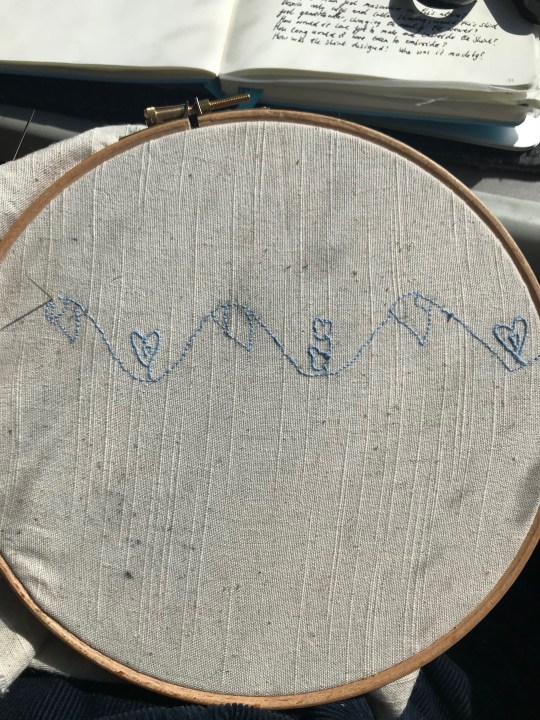
Hand-sewing requires time and attention to detail, and learning the skills from more experienced sewers, making it a very social activity. This exchange of ideas created a community among women, and an emotional attachment to our clothing that we seem to have lost today. The result is a throwaway culture when it comes to our garments, which has a major impact on the sustainability of the fashion industry. Around 30 per cent of clothes belonging to an average UK household have not been used for at least a year and once discarded, over half are binned within a year. My next challenge was to recreate the style. During the Renaissance, sleeves were often large and loose, pleated at the shoulder and then pulled in by the stiff cuff. In other garments, they are puffed and gathered at the wrist, often decorated beautifully. Sleeves featured expressive details and were one of the most exciting elements in clothing.
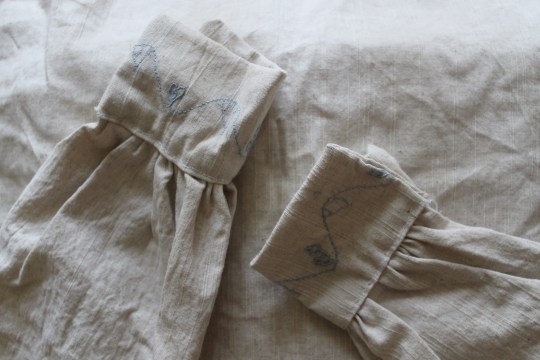
The time and skill required to create such garments has been largely lost in fast fashion, and intricate design is becoming largely inaccessible to anyone other than the very rich. The fashion industry itself is incredibly difficult to break into, making it an insular and nepotistic space, meaning that many of the skills that used to be widely shared across societies now only exist for the elite. There are initiatives working to break down these ‘closed doors’ cultures in the UK, such as The British Fashion Council’s Education Foundation and Scholarship which aims to bring in more skilled and creative individuals from diverse backgrounds, but education in fashion is not prioritised and the importance of sharing skills is lost.
The fashion landscape is undeniably vastly different today compared to the 16th century, when the shirt I made was commonly worn. The intimacy with materials and traditional practices, as well as a social element towards garment creation, have been lost among trend-driven, ethically dubious clothing production. We may not be able to return to Renaissance production methods, but by looking to the past for inspiration we can try and reflect some of these ideas as we strive for a sustainable, equitable, fashion conscious future.
